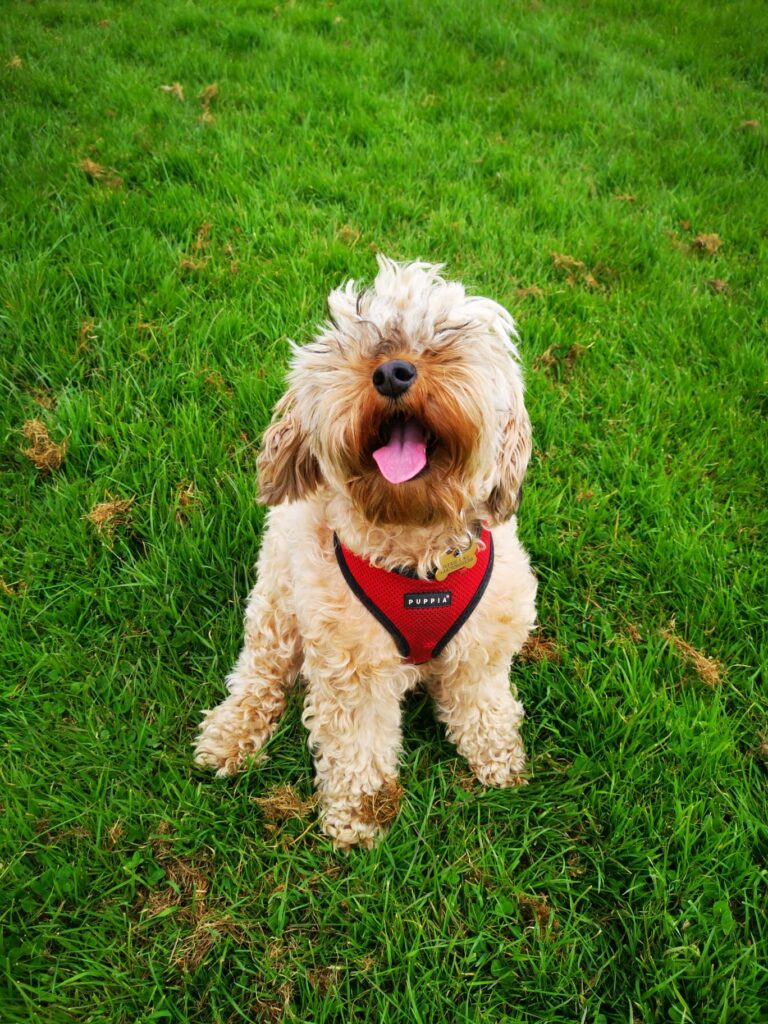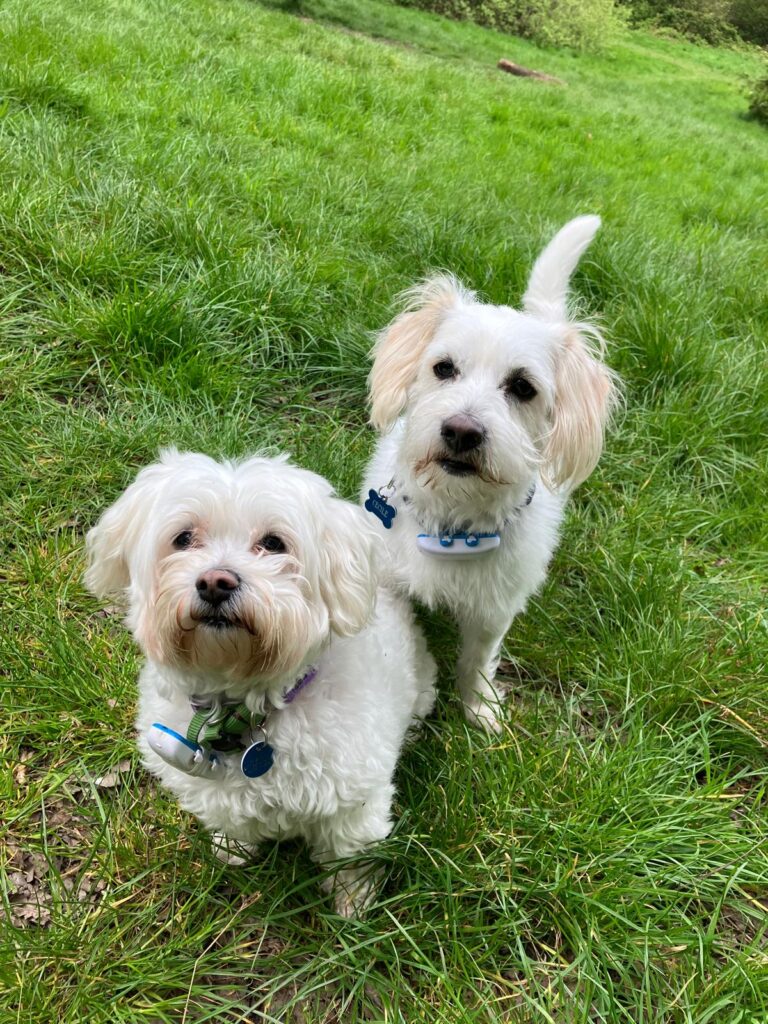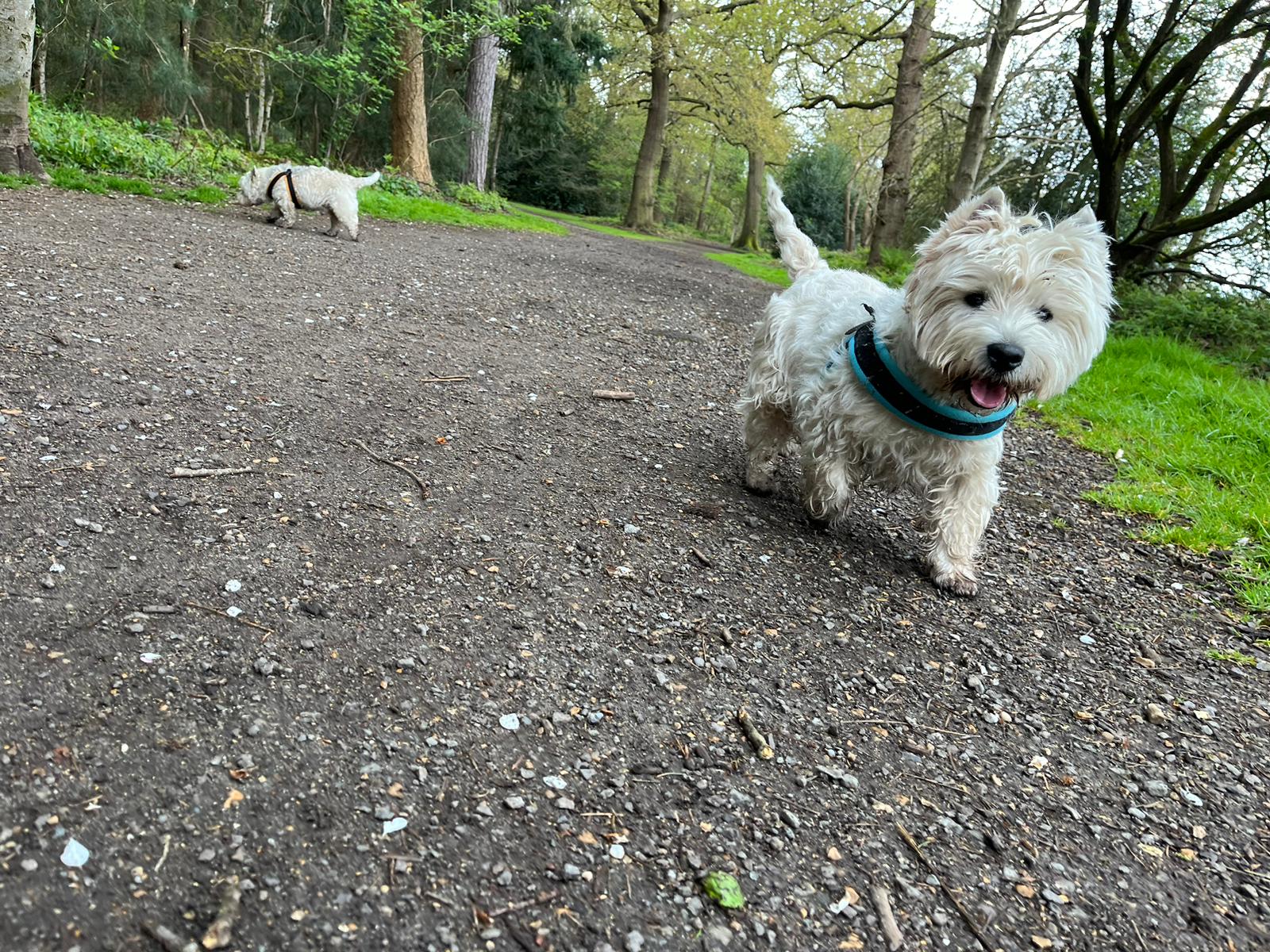Introducing a new dog to your home can be an exciting but challenging experience. To ensure a smooth transition for both your new furry friend and existing pets, here are five tips to keep in mind.
1. Create a safe space

Firstly, create a safe space for the new dog to retreat to when feeling overwhelmed.
To start, designate a quiet area in your home where your dog can retreat to when they need some alone time. This could be a cosy corner with their bed and favourite toys. Next, ensure that the space is free from any potential hazards such as sharp objects or toxic plants. Keep the area clean and organised to prevent accidents. Provide plenty of fresh water and food in the safe space, along with access to a bathroom area if needed. Make sure the temperature is comfortable and there is adequate ventilation. Lastly, spend quality time with your dog in their safe space to build trust and create positive associations. By giving them a space to decompress and de-stress you’re showing your dog that they’re safe with you.
Find out more here
2. Make careful introductions

Secondly, introduce the new dog to existing pets slowly and carefully. First and foremost, it’s crucial to introduce the animals in neutral territory. This will help prevent territorial behaviour and reduce the likelihood of aggression. Allow them to sniff each other through a barrier, observing their body language, before gradually allowing supervised interactions. Watch their interactions closely and be prepared to intervene if necessary. Keep interactions short at first and gradually increase the amount of time they spend together. Provide separate spaces for each animal to retreat to if they feel overwhelmed or need a break. This will help prevent conflicts and give each animal their own safe space. Lastly, be patient and give the animals time to adjust to each other.
Find out more here
3. Establish a routine

Thirdly, establish a routine for feeding, walking, toilet breaks, and playtime to help the new dog adjust to their new environment. Consistency is key in helping your dog understand what is expected of them and when. It’s important to provide structure and boundaries for your dog to follow, as this will help build trust between you and your pup. Additionally, incorporating training sessions into your daily routine can help reinforce good behaviour and strengthen the bond between you and your dog. Remember that every dog is different, so it may take some time to find the right routine that works best for both you and your new companion.
Find out more here
4. Provide positive reinforcement

Remember to provide plenty of positive reinforcement for your new family member! Positive reinforcement involves rewarding your dog for good behaviour, rather than punishing them for bad behaviour. This can include giving them treats, praise, or toys when they follow commands or exhibit desirable behaviours. By consistently rewarding your dog for positive actions, you are teaching them what behaviours are acceptable and reinforcing their bond with you. It is important to be consistent in providing positive reinforcement and to use it in conjunction with clear communication and training techniques. With patience and dedication, you can help your new dog feel loved, secure, and well-behaved in their new home.
Find out more here
5. Be patient!

We say this a lot in our blog posts, but patience really is key with all dogs, whether they’re pups or seniors, whether they’ve been by your side for years or hours! Be patient and understanding as it may take time for your dog to feel comfortable in their new home. By being patient with dogs, we show them respect and kindness. We allow them the time they need to learn and grow into well-rounded companions. In return, they reward us with unwavering love and devotion – seems like a very fair trade-off!
Find out more here

